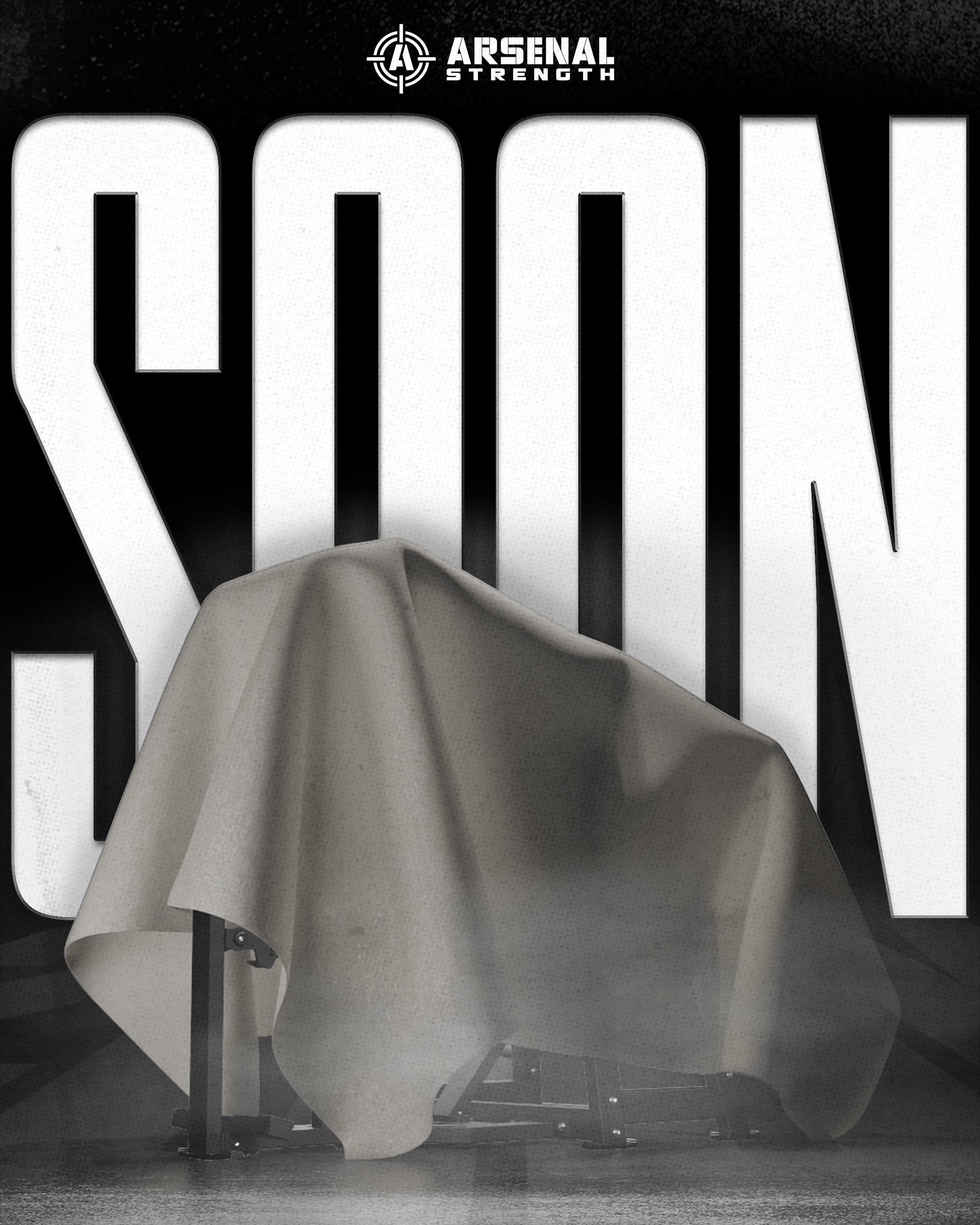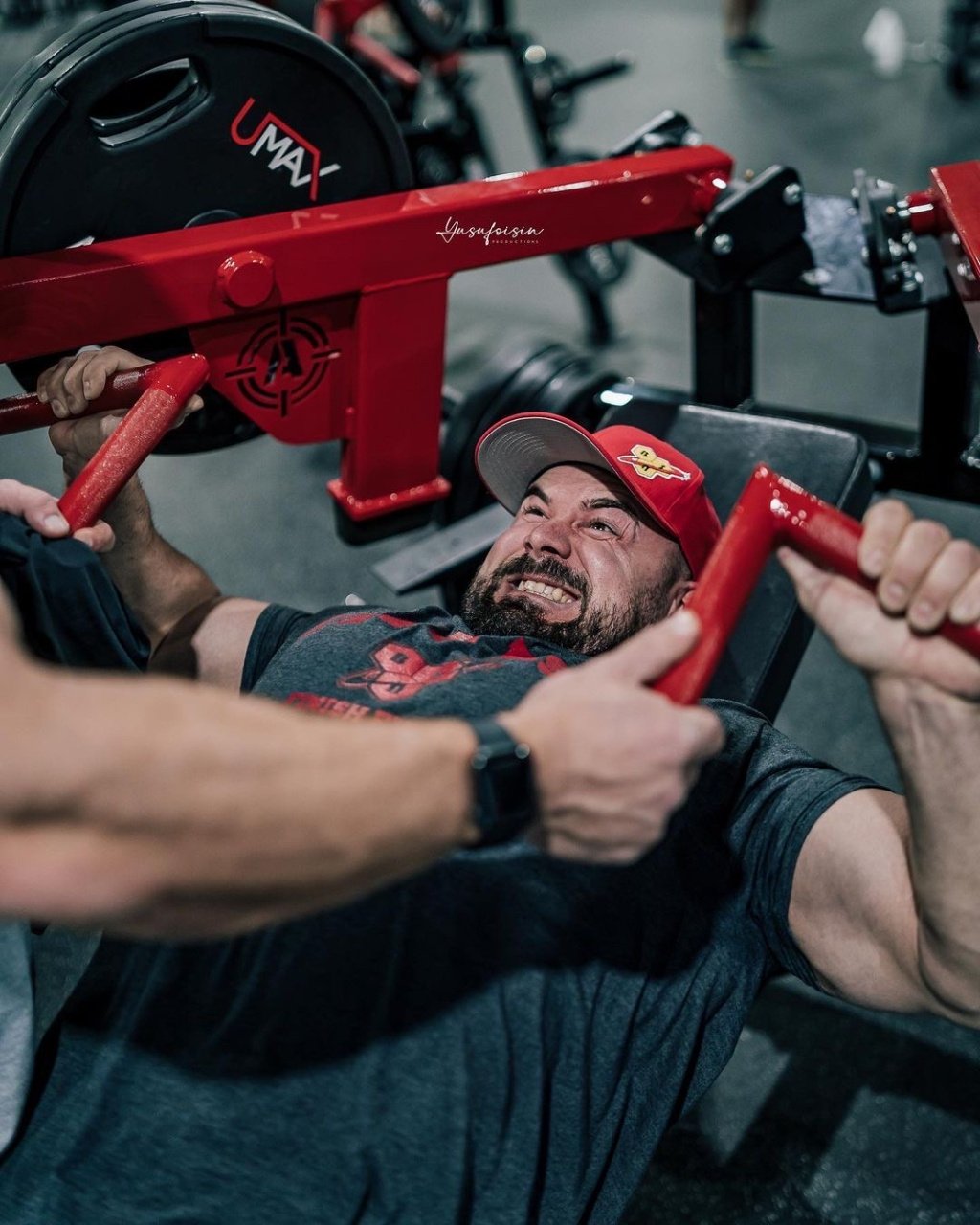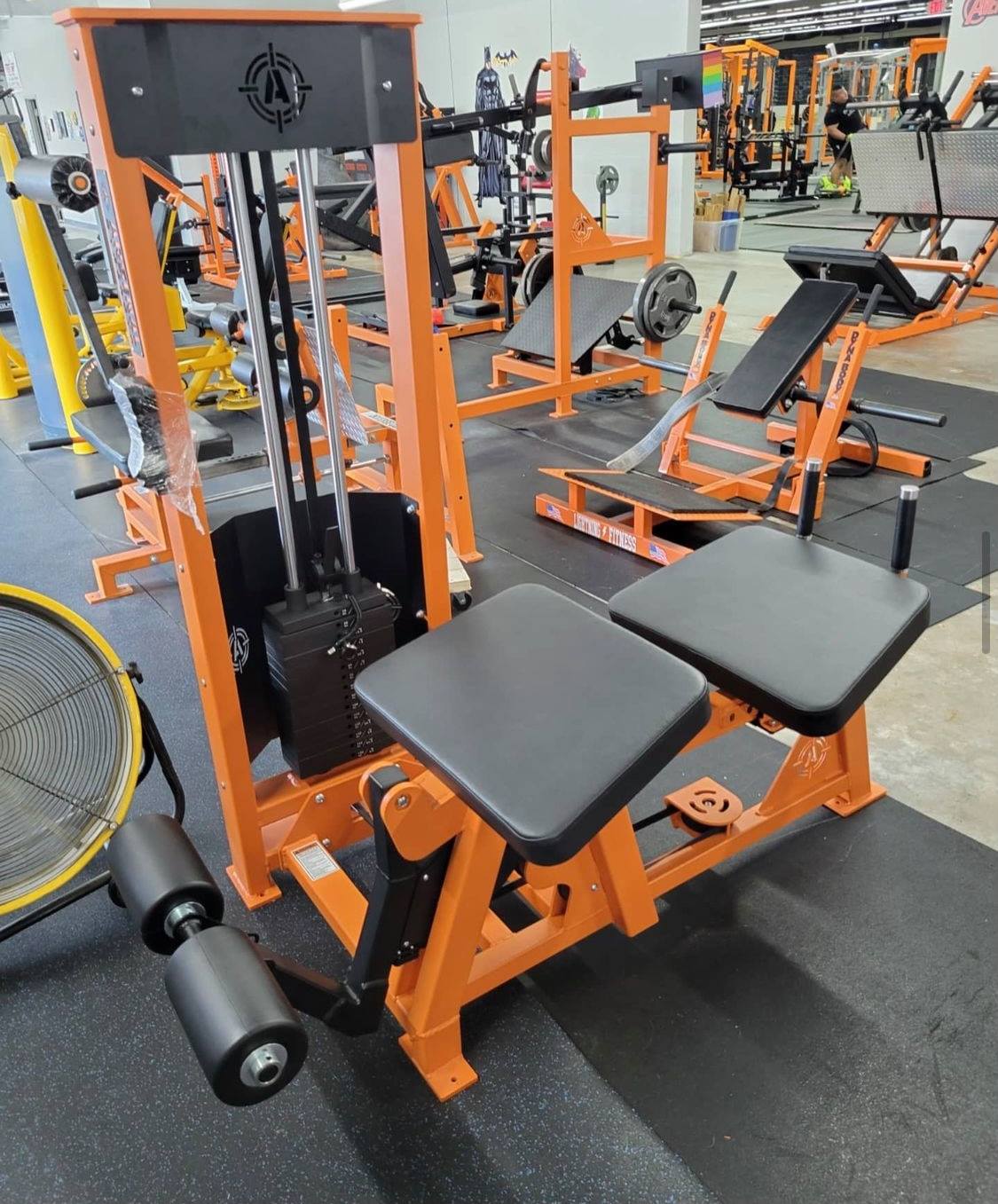Mastering Proper Form in Pendulum Squats | A Comprehensive Guide
When it comes to strength training exercises, proper form is crucial for maximizing results and preventing injuries. This holds true for the pendulum squat machine, a popular lower-body workout. In this blog post, we will dive into the importance of using the correct form when using the pendulum squat machine, as well as the significance of proper form in any strength training routine. By understanding the mechanics and techniques of the pendulum squat exercise, you can ensure that you are getting the most out of your workout and minimizing the risk of injury.
Overview and Understanding the Pendulum Squat Exercise
Pendulum Squat Mechanics
The pendulum squat machine offers a versatile and adjustable platform for a wide range of users. With its four-position adjustable platform, individuals of varying heights can easily find their ideal setting. The machine also features an adjustable height position, allowing for proper alignment and positioning during the exercise. The large platform provides ample space for different foot placements, accommodating various squat variations. Additionally, the comfortable handle position ensures a stable grip throughout the entire range of motion. The machine also includes four weight horns for convenient plate storage, allowing users to easily adjust the load. For those looking to add a personal touch, custom color options are available, making the machine both functional and aesthetically pleasing.
Emphasis on the guided and controlled movement pattern
Mastering the correct movement pattern is essential when performing the pendulum squat exercise. By understanding and implementing the proper technique, you can maximize the effectiveness of this lower-body workout while minimizing the risk of injury. In this section, we will delve into the precise movement pattern that should be followed when executing the pendulum squat, ensuring that you achieve optimal results from your training routine.
Preparing for the Pendulum Squat
Preparing your body for a productive and injury-free workout is essential. Prior to starting your pendulum squat machine routine, it is very important to warm up your muscles and increase your mobility. This will help to activate your lower body muscles and ensure proper range of motion during the exercise. Additionally, selecting an appropriate weight for your fitness level is important to challenge yourself without compromising form. Lastly, taking the time to set up and adjust the machine properly will ensure a safe and effective workout. By following these steps, you can optimize your pendulum squat machine experience and achieve your fitness goals.
Step-by-Step Guide to Perfect Pendulum Squat Form
Step #1: Initial Positioning
Proper foot placement and hand placement are essential for mastering the pendulum squat exercise. When positioning your feet under the shoulder pads, ensure that they are stable and secure. The footplate is oversized, so be sure to place your feet as needed for comfort and alignment that is correct for your body. Gripping the handles for stability will help you maintain balance and control throughout the movement. By following these steps, you can optimize your form and maximize the effectiveness of the pendulum squat machine.
Step #2: Initiating the Descent
As you begin the pendulum squat exercise, initiate the descent by simultaneously breaking at the hips and knees. This movement pattern not only engages the lower body muscles but also helps maintain a neutral spine and an engaged core. By focusing on this technique, you can ensure proper alignment and maximize the effectiveness of the exercise, while minimizing the risk of injury.
Step #3: Controlled Descent
As you descend into the pendulum squat exercise, focus on gradually bending your knees while simultaneously keeping your chest up and ensuring that your knees track in line with your feet. This controlled movement pattern not only engages the muscles in your lower body but also helps maintain proper form and alignment. By paying attention to this technique, you can optimize the effectiveness of the exercise and minimize the risk of injury.
Step #4: Depth of Squat
To achieve optimal results and prevent injury, it is important to find a comfortable range of motion during the pendulum squat exercise. This range should be based on your individual mobility, allowing you to perform the exercise without excessive forward lean or rounding of the back. By finding the right balance, you can ensure that you are engaging the target muscles effectively while maintaining proper form and alignment. Don't be afraid to adjust your range of motion as needed to ensure a safe and effective workout.
Step #5: Ascending with Power
As you prepare to stand up within the squat, focus on driving through your heels to stand up with power, fully extending your hips and knees. This explosive action not only engages the targeted muscles in your lower body but also helps you maintain proper form and alignment. By prioritizing this technique, you can unlock the full potential of the pendulum squat exercise, maximizing your gains, and of course, keeping your focus on preventing injury.

Common Form Mistakes to Avoid
Mistake #1: Leaning forward excessively during the descent
Leaning forward excessively during the descent of the pendulum squat exercise can have detrimental effects on your form and potentially lead to injuries. When you lean too far forward, you put excessive stress on your lower back and may strain your hip flexors. This can result in discomfort and pain, ultimately forcing you to take an unwanted break from your training routine. To avoid these issues, it is important to maintain a neutral spine and distribute the weight evenly between your hips and knees throughout the movement. By doing so, you can protect your body and keep progressing towards your fitness goals without setbacks.
Mistake #2: Allowing the knees to cave inwards
Allowing the knees to cave inwards during the pendulum squat exercise can have detrimental effects on your form and potentially lead to injuries. When the knees collapse inward, it puts excessive stress on the knee joints and can strain the ligaments and tendons surrounding them. This can result in discomfort, pain, and even more serious issues such as knee instability or ligament tears. To avoid these problems, it is important to focus on keeping the knees in line with the toes throughout the movement, maintaining proper alignment, and distributing the weight evenly between the hips and knees. By doing so, you can protect your knees and ensure a safe and effective workout.
Mistake #3: Rounding the back or arching excessively
Rounding or excessively arching the back during the pendulum squat exercise can have serious consequences for your form and overall well-being. When you round your back, you put unnecessary strain on your spinal discs and may experience discomfort or even injury. This can lead to long-term issues and hinder your progress in achieving your fitness goals. On the other hand, arching your back excessively can put excessive pressure on your lower back and potentially lead to muscle imbalances and postural issues. Prioritize maintaining a neutral spine throughout the movement to ensure proper alignment and minimize the risk of injury.
Mistake #4: Failing to maintain a neutral spine throughout the movement
Maintaining a neutral spine throughout the pendulum squat exercise is helps to prevent potential harms and injuries. Failing to do so can lead to a variety of issues that hinder your progress and overall well-being. When you neglect to maintain a neutral spine, you put excessive strain on your spinal discs, which can result in discomfort, pain, and potential long-term damage. Additionally, failing to keep your spine in proper alignment can lead to muscle imbalances and postural issues, impacting your ability to achieve your fitness goals.
Mistake #5: Not achieving full range of motion or depth
Without achieving full depth or range of motion during the pendulum squat exercise, you may not fully engage the target muscles and may not experience the desired results. It is important to find a comfortable and safe range of motion based on your individual mobility. Failing to do so can limit the effectiveness of the exercise and hinder your progress towards your fitness goals. Additionally, not achieving full depth or range of motion can also increase the risk of injury as you may compensate by using improper form or placing excessive strain on certain joints or muscles. Therefore, it is crucial to prioritize proper technique and ensure that you are performing the exercise with the correct form and range of motion.
Conclusion
The Arsenal Strength Pendulum squat machine is the perfect tool to master the correct movement pattern and achieve optimal results from your lower-body workout. With its versatile and adjustable platform, you can customize your settings for maximum comfort and alignment. By following the step-by-step guide to perfect pendulum squat form, you can ensure proper technique and minimize the risk of injury. Avoiding common form mistakes, such as leaning forward excessively or allowing the knees to cave inwards, will further enhance your workout experience. Connect with a Sales Team Member to learn more about how to incorporate the Reloaded Pendulum Squat into your Gym Design.






